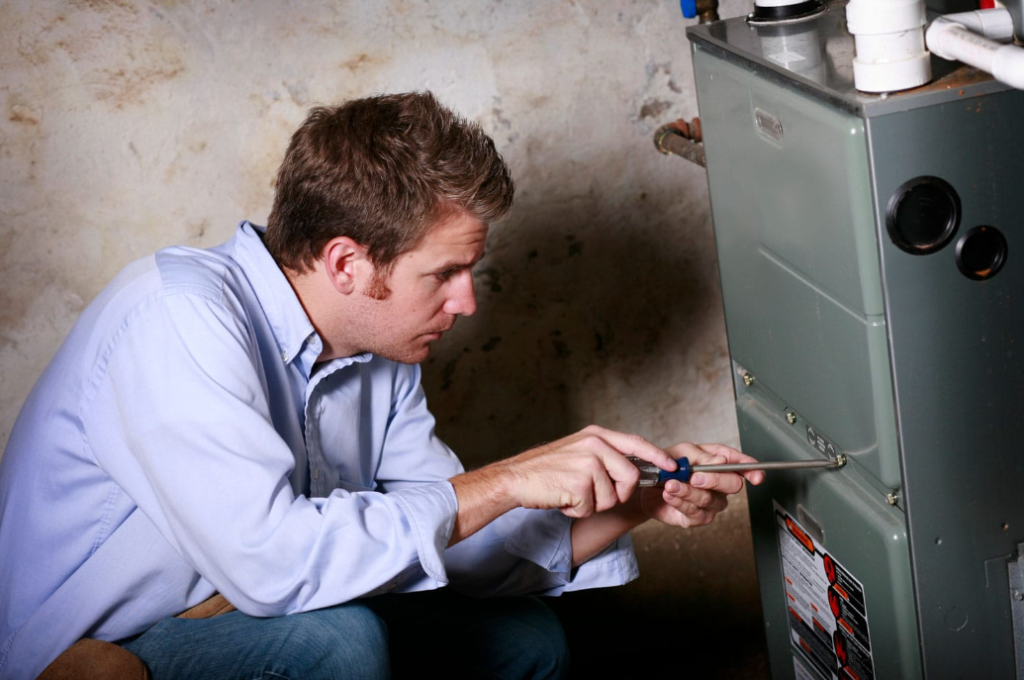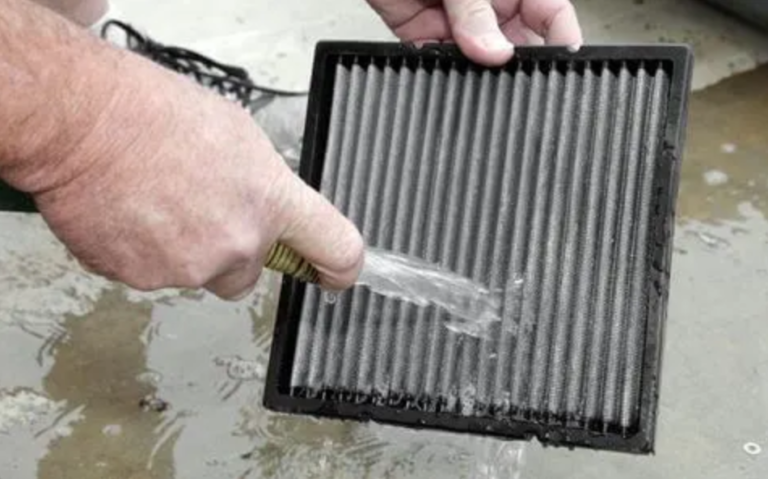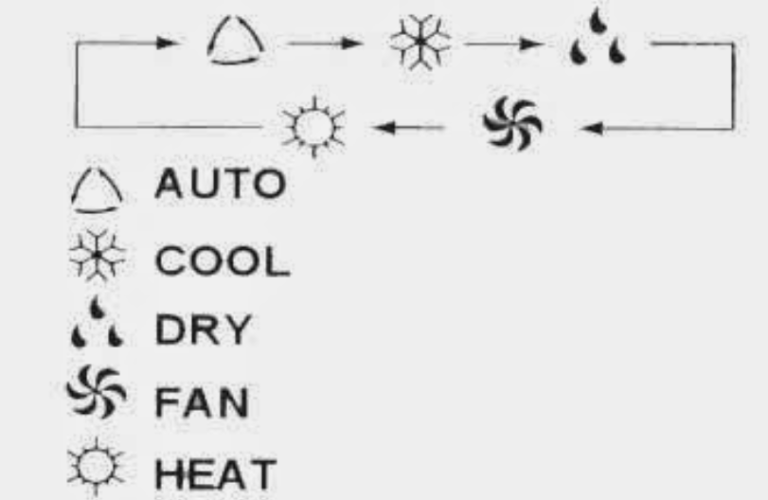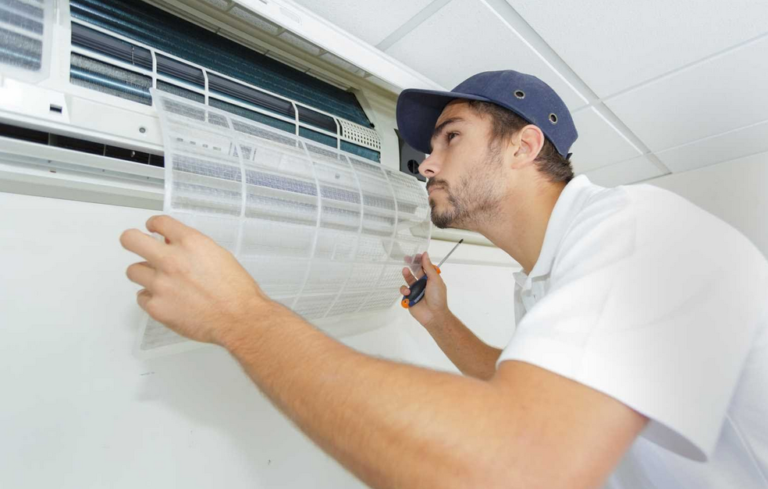How To Relight the Pilot Light on Your Furnace: Step-By-Step Guide
If your furnace has a pilot light that won’t stay lit, it’s important to understand the basics of how they work before you attempt to relight it. A pilot light is a small flame that burns constantly, igniting the gas that powers your furnace when the thermostat calls for heat.
What is the pilot light?

A pilot light is a small flame that is kept lit inside a furnace. This flame is used to ignite the main burner when the furnace is turned on. The pilot light is usually located near the bottom of the furnace, where the main burner is located.
The pilot light is lit using a match or lighter. Once the pilot light is lit, it will stay lit as long as there is a supply of gas and oxygen to keep the flame burning. If the pilot light goes out, the furnace will not be able to turn on.
There are two types of pilot lights: standing pilots and intermittent pilots. Standing pilots are always lit, while intermittent pilots only turn on when the furnace is turned on.
The size of the pilot light flame can vary depending on the type of furnace. For most furnaces, the pilot light flame should be about the size of a pencil eraser. If the flame is too large or too small, it could cause problems with the furnace.
If you have an older furnace, it is important to check the pilot light regularly to make sure it is still lit. If the pilot light goes out, you will need to relight it before the furnace will work again.
How To Relight the Pilot Light on Your Furnace
Pilot lights can go out for a number of reasons. The most common is simply that a draft has extinguished the flame. If this is the case, you’ll need to relight the pilot light. Follow these steps:
- Locate the pilot light assembly on your furnace. This is usually located near the bottom of the unit.
- Look for the knob or lever that controls the gas flow to the pilot light. In most cases, this will be labeled “Pilot” or “Pilot Light.”
- Turn off the gas supply to the furnace by rotating the knob or lever to the “Off” position.
- Wait at least five minutes before proceeding. This gives the gas time to dissipate and avoid igniting too quickly when you relight the pilot light.
- Use a long match or lighter to relight the pilot light. Hold the flame close to the opening in the pilot light assembly and depress the knob or lever to allow gas to flow. Continue holding the flame to the opening until the pilot light ignites.
- Once the pilot light is lit, release the knob or lever and allow it to return to the “On” position.
- Observe the pilot light flame for a minute or two to make sure it remains lit. If it extinguishes again, repeat steps 5 through 7 until it stays lit.
- Once you’re confident that the pilot light is lit and stable, turn on the gas supply to your furnace by rotating the knob or lever back to the “On” position.
Why does the pilot light go out?
A pilot light going out on a furnace can be due to many different reasons. The most common reasons are as follows:
1) A build-up of dirt and debris around the pilot light opening. This can happen over time and eventually block the flow of gas to the pilot light, causing it to go out.
2) A drafty area around the furnace. If there are any cracks or openings near the furnace, this can allow air to flow in and blow out the pilot light. Make sure to check for any drafts and seal them off if necessary.
3) A problem with the thermocouple. This is a safety device that senses when the pilot light is lit and tells the gas valve to stay open. If the thermocouple is not working properly, it can cause the gas valve to close and shut off the flow of gas to the pilot light.
4) A problem with the gas valve itself. This is the main valve that controls the flow of gas to the furnace. If it is damaged or not working properly, it can cause the pilot light to go out.
5) An issue with the actual pilot light itself. Over time, the pilot light can become dirty or clogged and will need to be cleaned or replaced.







